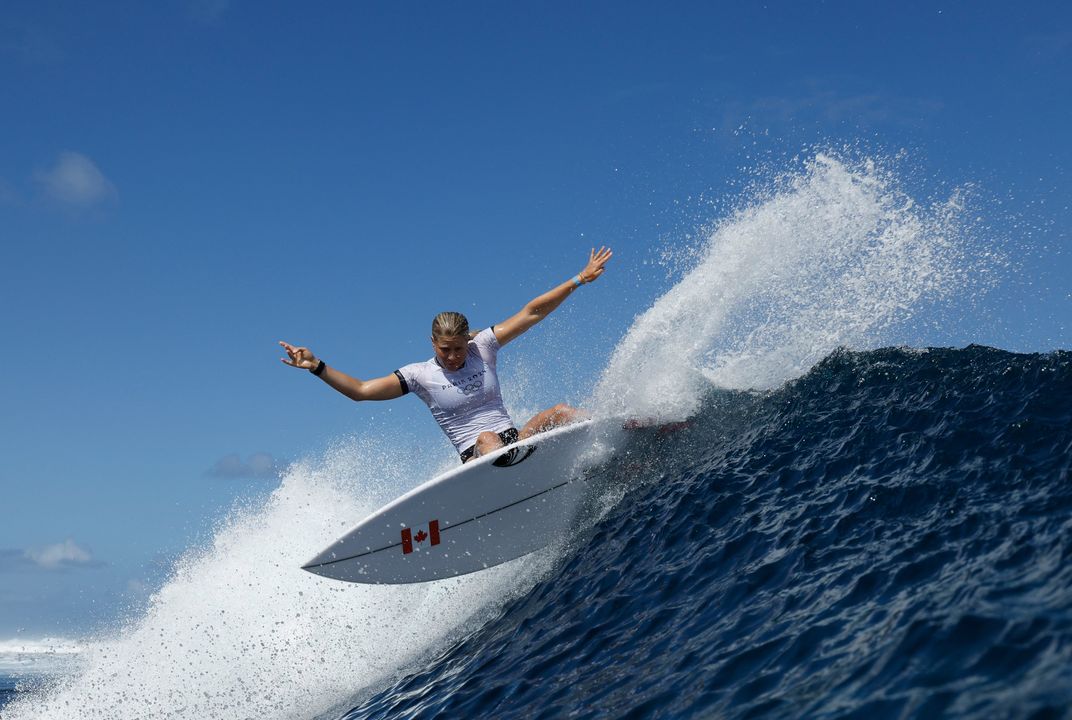When did surfing, the quintessential emblem of sun-soaked freedom and oceanic adventure, ride the wave into the realm of the Olympic Games? This question captures the curiosity of both sports enthusiasts and casual observers alike, eager to understand how this dynamic sport transitioned from beachside pastime to global competition. Surfing made its Olympic debut at the Tokyo 2020 Games, held in 2021 due to the pandemic, marking a significant milestone in the sport’s history. This inclusion not only elevated surfing’s profile but also showcased its cultural and athletic significance on a worldwide stage. In this blog post, we will explore the journey of surfing to the Olympics, the impact of its inclusion, and what this means for the future of the sport. We will delve into the history of surfing, the path to Olympic recognition, and the benefits it brings to both athletes and fans, ultimately highlighting how surfing’s Olympic status reflects its growing global appeal.
The Olympic Journey of Surfing
Surfing’s inclusion in the Olympics marked a significant milestone for the sport, intertwining its rich history with the global stage of athletic competition. The journey to becoming an Olympic sport was neither swift nor straightforward, reflecting broader cultural shifts and the evolving landscape of international sports.
Historical Background of Surfing
Surfing, with roots tracing back centuries, is deeply embedded in Polynesian culture. Indigenous people of Hawaii and Tahiti were among the earliest surfers, using wooden boards to ride ocean waves. This tradition evolved over time, spreading globally and gaining popularity as a recreational and competitive sport.
Surfing’s Path to the Olympics
The journey of surfing to the Olympics was a long one, marked by advocacy and strategic planning. Here are some key milestones:
- 1964: The International Surfing Federation (ISF) was established, marking the first organized effort to promote surfing as a competitive sport.
- 1995: The International Surfing Association (ISA) gained recognition from the International Olympic Committee (IOC), a crucial step towards Olympic inclusion.
- 2016: The IOC announced that surfing would debut at the Tokyo 2020 Games, alongside other new sports like skateboarding and sport climbing.
Criteria for Olympic Inclusion
For a sport to be included in the Olympics, it must meet specific criteria set by the IOC. These include:
- Global Popularity: The sport must be widely practiced across continents.
- Governance: A well-structured international federation must oversee the sport.
- Appeal to Youth: The sport should engage younger audiences and reflect modern trends.
Surfing met these criteria, with its vibrant culture and widespread appeal contributing to its Olympic entry.
Challenges and Controversies
While surfing’s inclusion was celebrated, it was not without challenges and controversies. Some debated the logistical complexities of hosting surfing events, which depend on natural wave conditions. Others questioned the commercialization and potential loss of surfing’s countercultural roots.
Surfing at the Tokyo 2020 Olympics
The surfing events at the Tokyo 2020 Olympics took place at Tsurigasaki Beach, chosen for its reliable wave conditions. The competition format included both men’s and women’s events, with 20 athletes competing in each category.
Competition Format
The Olympic surfing competition followed a structured format:
1. **Preliminary Rounds:** Surfers competed in heats, with the top performers advancing.
2. **Knockout Rounds:** Head-to-head competitions determined the finalists.
3. **Finals:** The top surfers competed for gold, silver, and bronze medals.
Judging Criteria
Judges assessed surfers based on:
- Wave Selection: Choosing the best waves for scoring potential.
- Difficulty of Maneuvers: Performing complex tricks and turns.
- Speed and Power: Demonstrating control and athleticism.
Impact on the Surfing Community
Surfing’s Olympic debut had a profound impact on the global surfing community. It elevated the sport’s profile, attracting new fans and inspiring young athletes. Additionally, it sparked discussions about the future of surfing, balancing tradition with modernity.
Future of Surfing in the Olympics
The success of surfing at the Tokyo Olympics paved the way for its inclusion in future Games. The IOC has confirmed surfing’s presence at the Paris 2024 Olympics, where events will be held in Tahiti, capitalizing on its legendary waves.
Conclusion
Surfing’s Olympic journey reflects its evolution from an ancient cultural practice to a modern competitive sport. The sport’s inclusion in the Olympics not only honors its rich heritage but also ensures its place in the future of global sports. As surfing continues to grow, its Olympic presence will likely inspire generations of athletes and enthusiasts worldwide.





